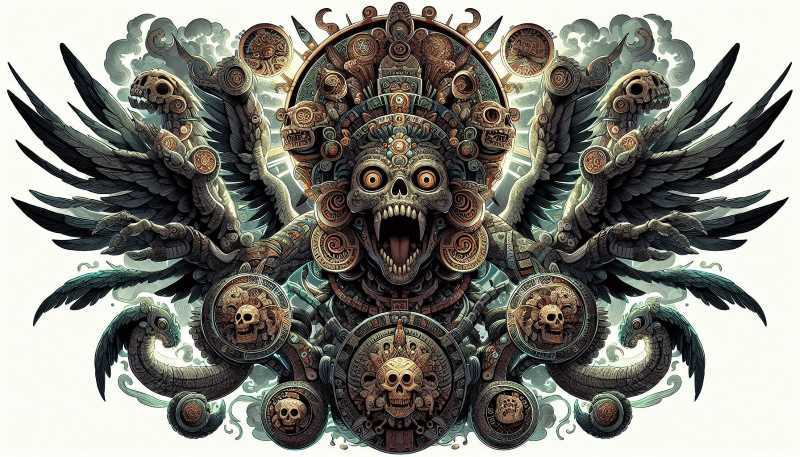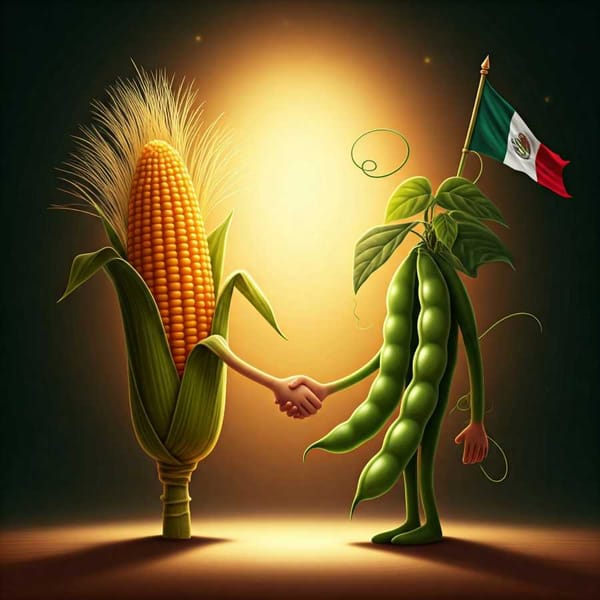The Aztec Goddess Who Could Could Slay a Dragon... and Knit a Sweater
The Coatlicue sculpture, a colossal andesite carving, is a central figure in Aztec mythology. It depicts the Mother Goddess adorned with symbolic motifs of life and death. Discovered in Mexico City, it's believed to have served as a powerful political statement.

In Mexico City, during a routine remodeling project in the Plaza Mayor in 1790, a monumental discovery emerged from the earth. This was no ordinary archaeological find but rather a towering andesite sculpture that has since been recognized as one of the most stunning and best-preserved examples of Aztec artistry. The figure, shrouded in mystery and debate, is widely believed to represent Coatlicue, a central deity in Aztec cosmology and the revered mother of Huitzilopochtli, the sun god and war patron of the Mexica people.
The sheer presence of the Coatlicue sculpture is overwhelming. Standing nearly 2.7 meters tall, the statue exudes an aura of both terror and reverence, commanding the attention of anyone who encounters it. The goddess is adorned with a necklace composed of hearts, human hands, and a skull that rests at the center of her chest. These macabre elements partially cover her pendulous breasts, signifying her role as both a life-giver and a devourer—a duality that defines her essence.




